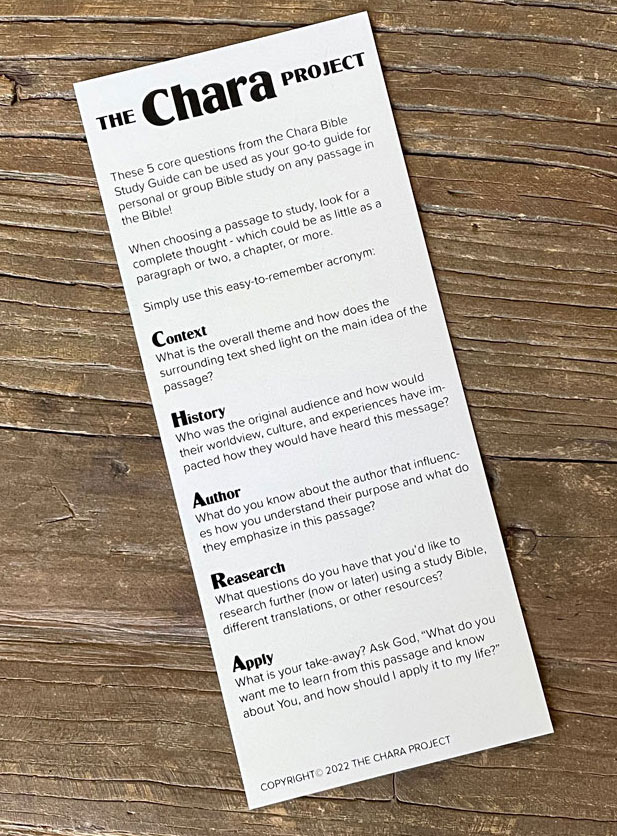1. Develop Reading Plans. Not sure how to tackle reading a specific book or section of scripture as part of your daily schedule? Ask AI to create reading plans based on what you’re hoping to read and the time you have available (e.g., “I want to read the entire New Testament of the Bible in 6 months. Develop a daily reading plan to help me accomplish this?”).
2. Generate study questions. When reading a verse or passage, request suggestions of what questions you should be asking yourself about the passage, or have it help develop questions or guides for group discussion. (e.g., “I’m reading John 3:16 in the Bible. What questions should I be asking myself as I read this verse and the surrounding verses?” or “Recommend 5 discussion questions on John 3:16 for a small group.”)
3. Outline themes or patterns in the text. Remember, AI is really good at summarizing complex information and can locate patterns and themes easily in a text. The key is to ask focused, text-driven questions that help you see patterns and themes without outsourcing your interpretation. (e.g., “What are the main themes in John 3:1–21?” or “What words or phrases are repeated in John 3, and why might that be significant?” or “How does the word ‘believe’ appear across the Old Testament and New Testament?”)
4. Use as a concordance or for a word study. As you study a specific topic in the Bible, use AI as a concordance when a physical Bible isn’t nearby. Just make sure to verify the information with your Bible or a trusted commentary. (e.g., “What verses in the Bible speak about “anxiety”?)
5. Find cross-references. Use AI to locate cross-references that correlate with the passage you’re studying. Just make sure to verify the information you gained with your Bible or a trusted commentary. (e.g., “What cross-reference verses tie to the verse John 3:16 in the Bible?” or “List Old Testament prophecies fulfilled in Jesus’ crucifixion”).
6. Compare Bible translations. Ask AI to compare a specific verse or passage across different Bible translations. Learn more about Bible Translations here. (e.g., “Compare John 3:16 in ESV, NIV, KJV, and NLT, highlighting differences in wording.” If your AI tool supports charts, ask for a table or chart when comparing translations.
7. Explore the original language of the Bible. Occasionally, you may run across Bible translations that use different wording. Remember, the Old Testament was written in Hebrew and some Aramaic, and the New Testament was written in Greek – so all English versions of the Bible are a translation. Use AI to explain the words in the original language (e.g., “Looking at the original language, explain the phrase ‘only begotten’ in John 3:16” or “What is the word ‘love’ in John 3:16 in the original language and what are the common definitions of that word?”)
8. Learn historical context. We live thousands of years removed from the characters and time period in the Bible. Because of this, it can be helpful to ask AI for details to understand historical places and people, as well as what worldview, cultural, religious, political factors, and experiences would have influenced them. (e.g., “What was happening historically when Nehemiah was written?” or “Who were the Sadducees and Pharisees, and how did their beliefs differ?” or “Where was Berea located, and what was its significance in biblical history?”)


